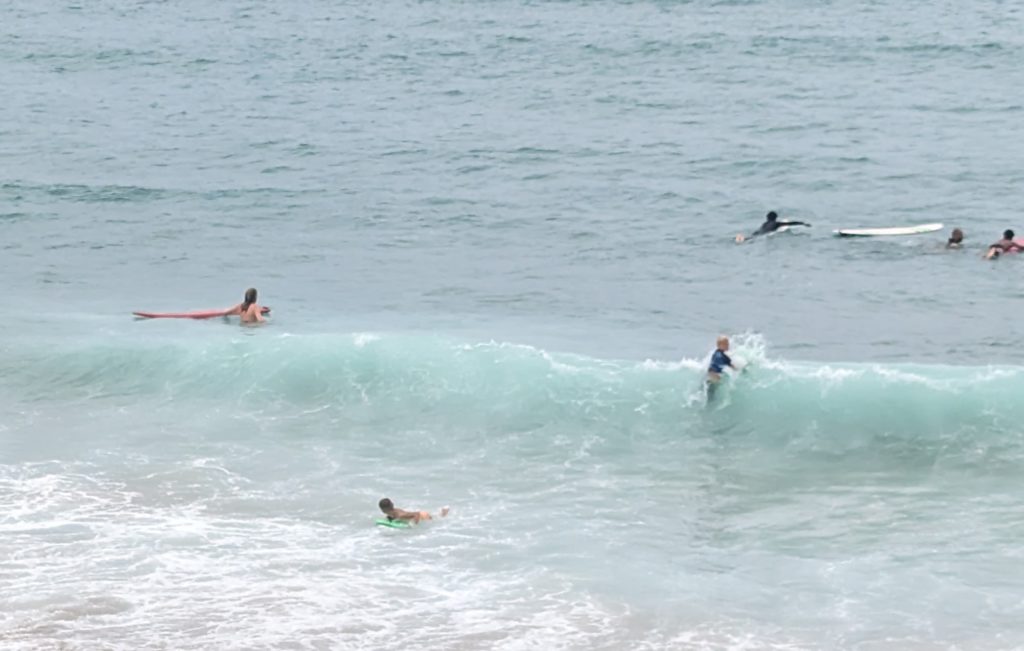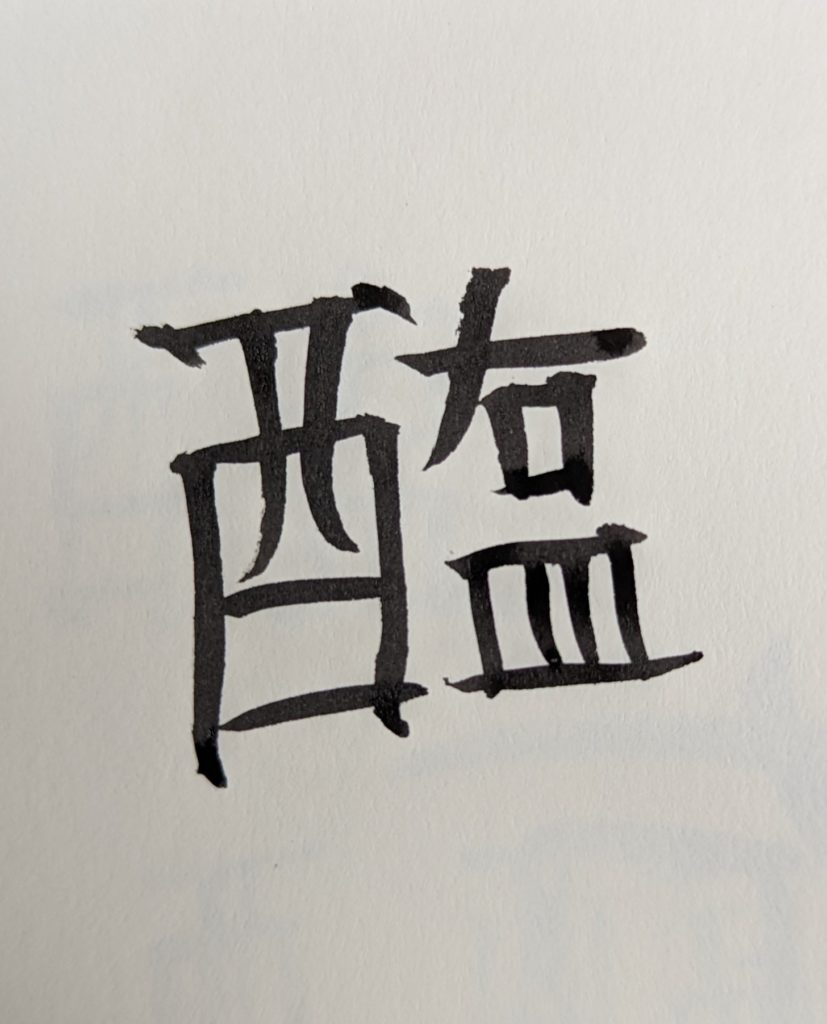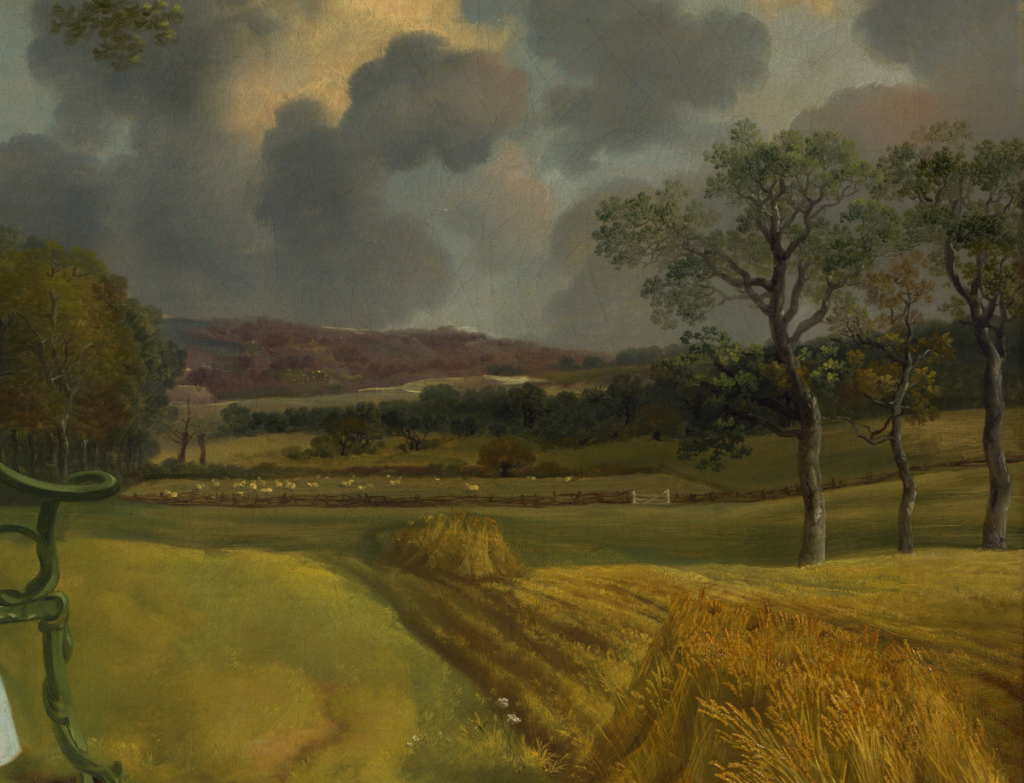
This summer my family and I discovered surfing. We went to Biarritz, and enjoyed playing in the the waves, and being with all the surfers. We came back to South Wales, and my daughter and I did a training session at Rest Bay. We learnt how the water there works, with the current taking you from one end of the beach to the other, toward the rocks. We got the basics, both catching a wave, and just about standing, then falling off.
It’s an amazing experience. It’s a shortcut to feeling alive, the physicality of the waves cutting through the clutter of self-chatter, washing aside the preoccupations of work.
In today’s Tai Chi lesson our teacher spoke of liking to think of wuji standing training as the point where the river meets the sea. It’s all still outside, and it looks as if there’s nothing going on, but there’s a huge amount going on inside as everything sorts itself out.
I shouldn’t have been daydreaming – I should have instead been soaking my mind into my tissues, sinking, settling, finding my feet. But I realised how valuable it was that we have this internal world, available to us all the time, and that we have the methods of Tai Chi to enable this exploration. We are this internal world, and it’s huge. Even forgetting about the internal arts, the biological processes constantly underway – actually happening in there – in us – are astonishingly vast in the number of simultaneous processes and forces at work.
Yet those processes often only figure in our lives when something goes wrong, when there’s a singular niggling pain such as toothache, backache, even a sore finger, that interrupts our daily business of making lunch or hanging the washing. Health would be for that interruption to fade away again, so the body quietly gets on with its job.
This body of water is always available to us, every second of our existence, and it has the same power as the external world of crashing waves, diving seagulls and driving surf to pull us back into life.

